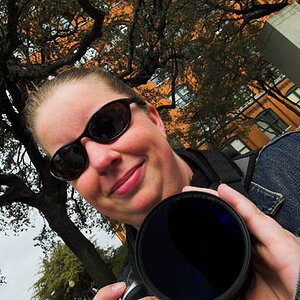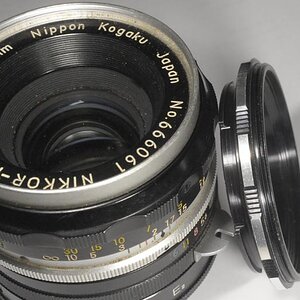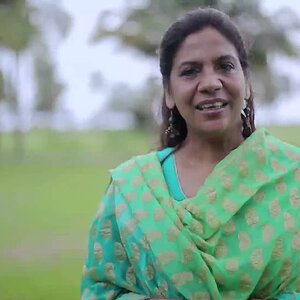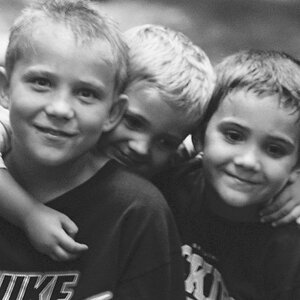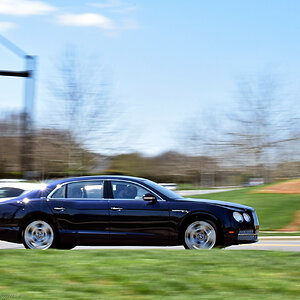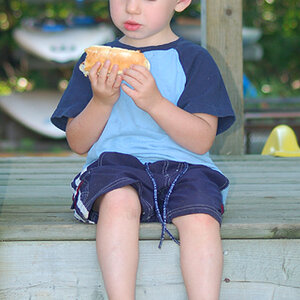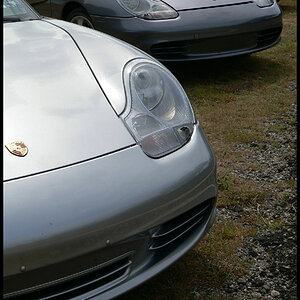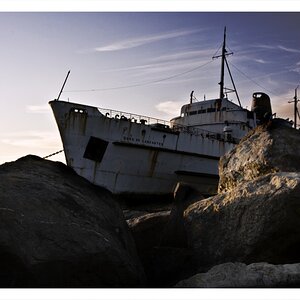joshyface
TPF Noob!
- Joined
- Dec 24, 2011
- Messages
- 2
- Reaction score
- 0
- Location
- Chicagoland
- Can others edit my Photos
- Photos OK to edit
I am the creative director for my school newspaper, I need to give a presentation on photo settings and composition (among other thing). I am proud to have this position, and I can teach the basics of composition without much problem. Despite that, I am still a relatively new photographer. I also have more experience with darkroom/film cameras, and I am not too sure if how to treat, much less teach, digital camera setting. Is it reasonably the same? Am I freaking out over nothing?
I have been playing with my Cannon Rebel XT, and I can get photo's to a reasonable place to Photoshop or even better, but I need to play around with the camera. Since I cannot be with my photographers when they are shooting, I want to give them a general range of settings for certain situations. (I understand this is a big request.) I have done some research on these settings, and have some recommended settings for situations. Despite that, with my summer homework, my job, camps, etc, I have not had much time to test and record what settings work where. Therefore, I am humbly asking the photographers of this forum to help.
I know all these settings are depend on the specific situation, so I do not expect you to give me exact numbers and more of a range. My teacher would like settings for the following: "football games, relatively still pictures w/ florescent lighting, sports photography w/ gym lighting, performances (battle of the bands, concerts, plays/musicals), outdoor sports in daylight, etc."
I understand this is a really big request, so I understand if nobody responds. I also understand any photographer is going to need to play around with the setting. With that, I do not expect my photographers to be perfect and will some photos will need to be manipulated, so I just want a general range.
I have been playing with my Cannon Rebel XT, and I can get photo's to a reasonable place to Photoshop or even better, but I need to play around with the camera. Since I cannot be with my photographers when they are shooting, I want to give them a general range of settings for certain situations. (I understand this is a big request.) I have done some research on these settings, and have some recommended settings for situations. Despite that, with my summer homework, my job, camps, etc, I have not had much time to test and record what settings work where. Therefore, I am humbly asking the photographers of this forum to help.
I know all these settings are depend on the specific situation, so I do not expect you to give me exact numbers and more of a range. My teacher would like settings for the following: "football games, relatively still pictures w/ florescent lighting, sports photography w/ gym lighting, performances (battle of the bands, concerts, plays/musicals), outdoor sports in daylight, etc."
I understand this is a really big request, so I understand if nobody responds. I also understand any photographer is going to need to play around with the setting. With that, I do not expect my photographers to be perfect and will some photos will need to be manipulated, so I just want a general range.



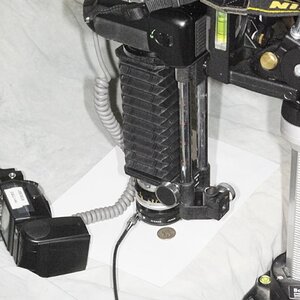
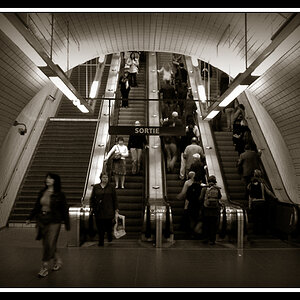
![[No title]](/data/xfmg/thumbnail/32/32635-be18e952e67667cbb1525b4b057b6423.jpg?1619735554)
